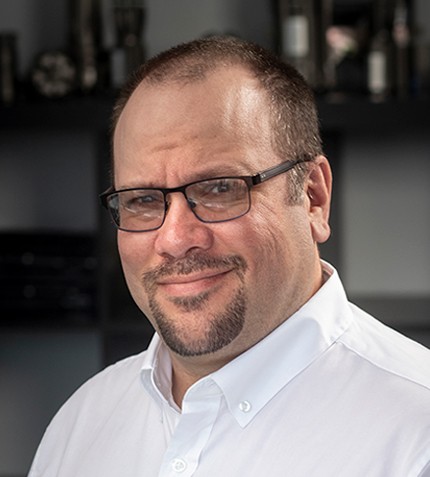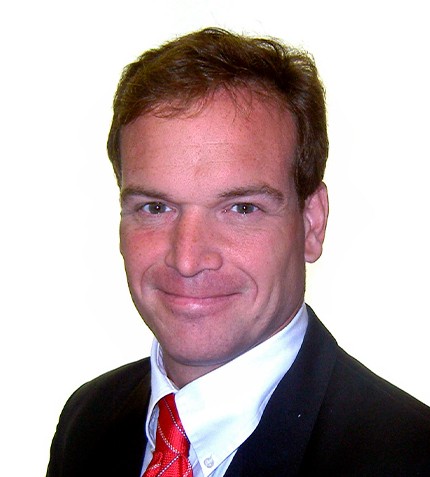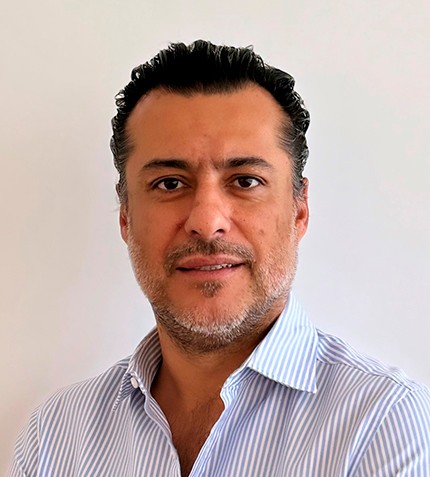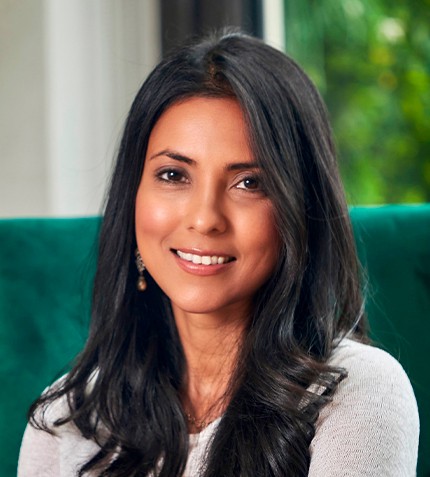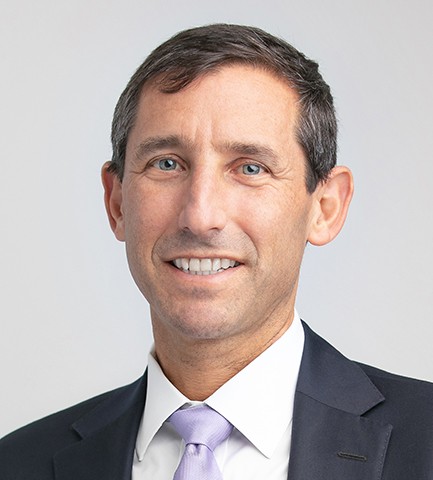
"We aim to restore the asset to a premier Canadian gold mine producing approximately 350,000 ounces of low-cost gold annually."
Jake Klein
EXECUTIVE CHAIRMAN, EVOLUTION MINING
What are the most recent updates of the Red Lake project?
The Red Lake operation, which we acquired in April 2020 for US$375 million, is located in northwestern Ontario. In May 2021, we closed the C$342 million Battle North acquisition, which consolidates our ground position and also provides us with the additional milling capacity to fulfill our strategy for Red Lake. We aim to restore the asset to a premier Canadian gold mine producing approximately 350,000 ounces of low-cost gold annually. Historically, Red Lake has had access to bonanza grade ore from the famous “high grade zone” which was 30 to 50 g/t and the mill processed about 600,000 - 700,000 tonnes to produce up to 700,000 ounces of gold in some years. The future we are planning for Red Lake is a medium grade mine of around 7 g/t, which is still a high grade by today’s standards. Our plan is to mill around 2 million mt/y to produce approximately 350,000 ounces of low cost gold.
What are some of the highlights of the Mungari project?
The Mungari operation is our foothold in the Western Australian goldfields, which is another one of the world’s great gold provinces. We recently completed an acquisition at Mungari that has many similarities to the synergies of consolidating Red Lake with Battle North. We own a productive, efficient and modern mill but faced a lower grade future due to mine depletion. However, on the other side of the tenement boundary there are high-grade mines owned by Northern Star with no nearby mill. Therefore, we saw an opportunity for a transaction that made commercial and industrial sense for both parties. The operation consists of the Frog’s Leg mine and some open pit operations. Northern Star’s two operations contained several underground mines. We see the opportunity to combine the operations and operate the mines as a single entity and we think there will be material synergies as we deliver that.
Can you tell us more about your balance sheet structure and funding plan?
An A$400 million or 6% of our market capitalization equity capital raising was recently completed to acquire the assets from Northern Star. We elected to raise capital to support the transaction because we are already investing a lot to build the mining fronts at Red Lake as well as a new A$380 million underground mine at our Cowal operation in New South Wales, Australia. Cowal is a cornerstone asset with a large open pit which we are complementing with a higher grade underground mine to increase its production from 230,000 oz/y to 350,000 oz/y going forward.
Since you have been listed on the ASX, have you considered entering the TSX or a dual listing?
I have previously been involved in a dual-listed company so it was considered. The reporting requirements differ since the TSX uses NI 43-101 for mineral resource and ore reserves reporting while the ASX uses the JORC code. The TSX also requires quarterly financial results, while the ASX requires quarterly reports without a lot of financial detail. These differences create a significant administrative burden so it is not worth it since global investors and funds can access shares on any exchange. It is also rare that you see liquidity in both markets.
What is your ESG strategy moving forward?
We have made the commitment to reduce our carbon footprint by 30% by 2030 and to have net zero emissions by 2050. All our stakeholders are aligned with this goal. We have a pathway to achieving our targets and buying carbon credits to achieve this goal is our least preferred option. Instead, we expect to reduce our footprint by accessing renewable power, since 70% of our emissions are through energy consumption, 50% of which are at the large Cowal open pit operation. Therefore, if renewable energy sources are installed at Cowal this would significantly reduce our emissions. The remaining 30% of our emissions are largely due to diesel, for which the solution is to move to electric-powered or other low carbon mobile equipment and vehicles that can be charged with renewable power. I am confident that in the next five to seven years truck manufacturers will deliver a solution that is commercially and environmentally viable.




